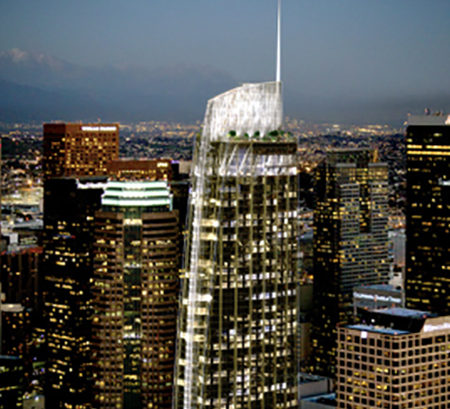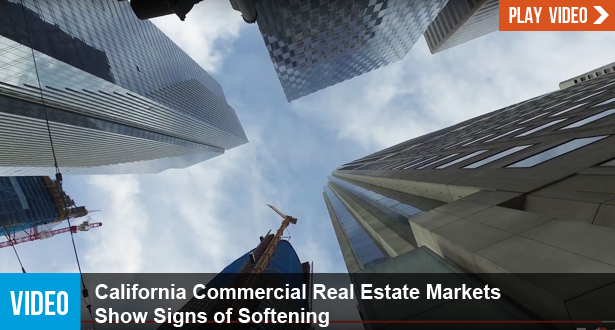Los Angeles Business Journal ranks Terra-Petra as the #18 Environmental Engineering and Consulting Firm in Los Angeles County for 2018.
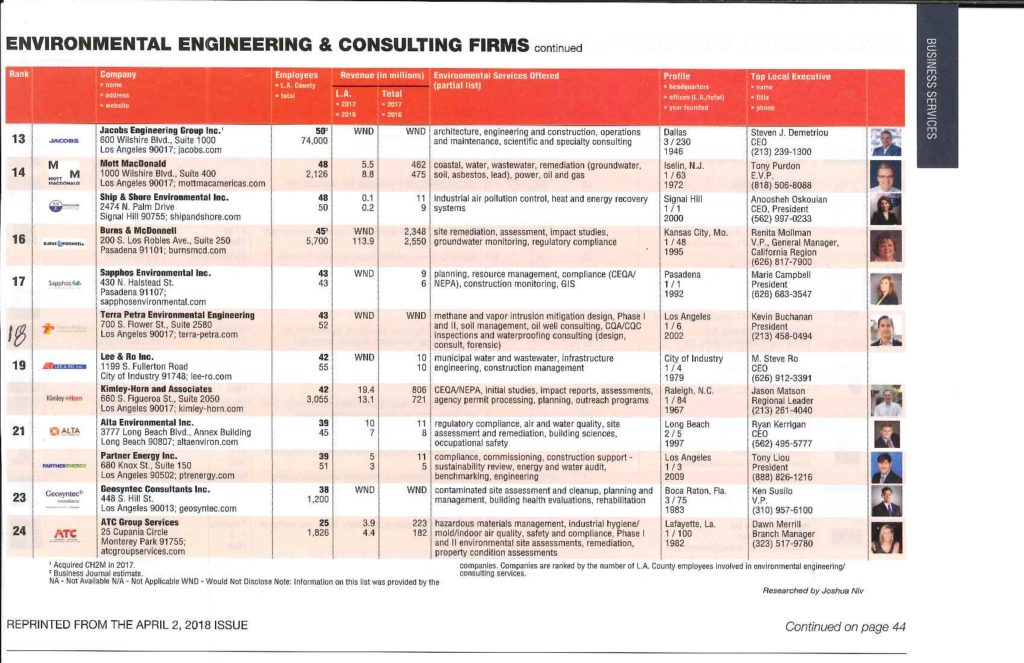
Terra-Petra, one of the “newer firms” on the LABJ List, has been in the environmental engineering industry for just over 20 years, with many successful projects to lean on. The company started its operations focusing on the Los Angeles market to address the local “methane concerns” that quickly became a big issue. Its in-house experts were a big part of the team that developed the local Los Angeles Methane Code.
Terra-Petra’s expertise has always involved the ability to provide exceptional solutions for methane related issues, including soil gas investigations to determine level of risk. We are adept at recommending the right mitigation strategy and designing the right mitigation system to fit the client’s needs as well as providing the necessary inspections to ensure compliance and system integrity. Over the last ten years in particular, Terra-Petra has become to be recognized as the leading expert in methane and soil gas arena. As methane experts, we’ve also become experts at below grade waterproofing and drainage, having launched our sister-company Building Waterproofing Experts in 2010.
Terra-Petra’s Management Philosophy approach is simple, says President Kevin Buchanan, “Make every client’s life easier.” The City of Los Angeles has written a very complex Methane Code. We have found that most of our clients, as well as the members of the design and construction teams, have no experience dealing with a property affected by this code–which impacts every aspect of the project. For this reason, we take the position of being a Methane Educator as well as Methane Problem Solver.
Terra-Petra is headquartered in Downtown Los Angeles and operates satelite offices in the cities of San Francisco, Tacoma, Denver, and New York City to serve clients throughout the nation and globally.
Los Angeles Business Journal rankings are based on number of employees in L.A. County among environmental engineering and consulting firms.


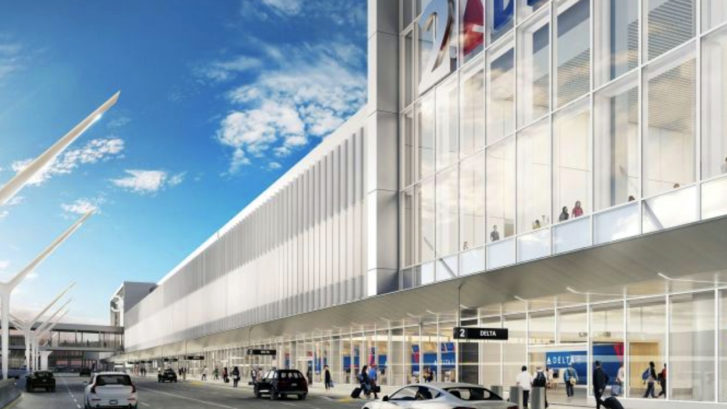
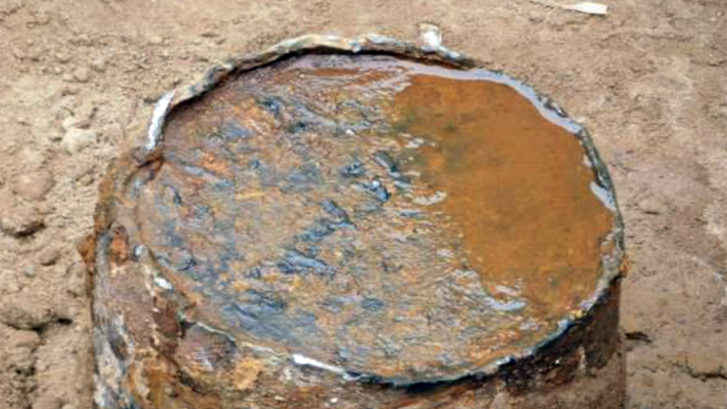
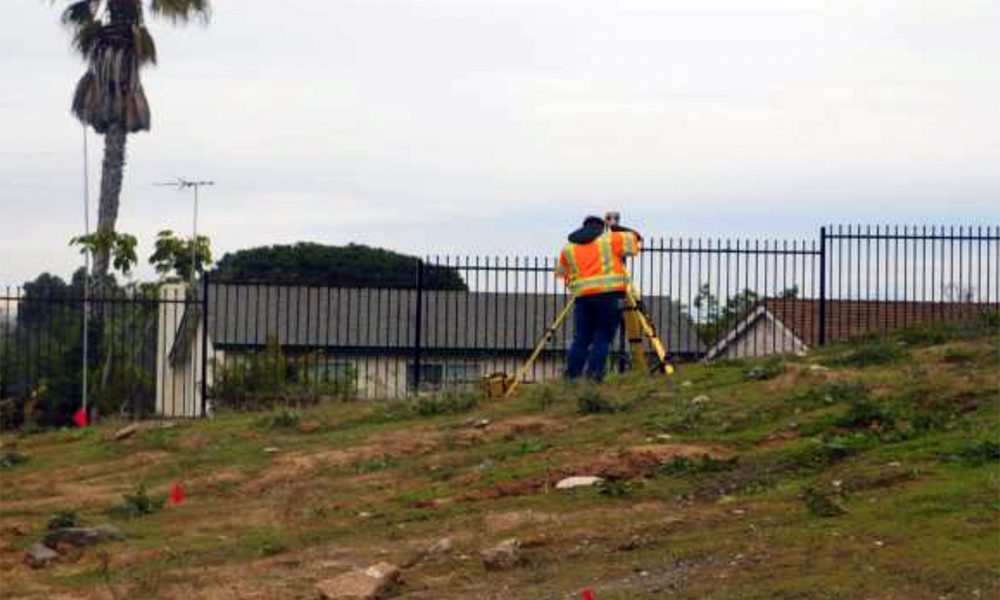
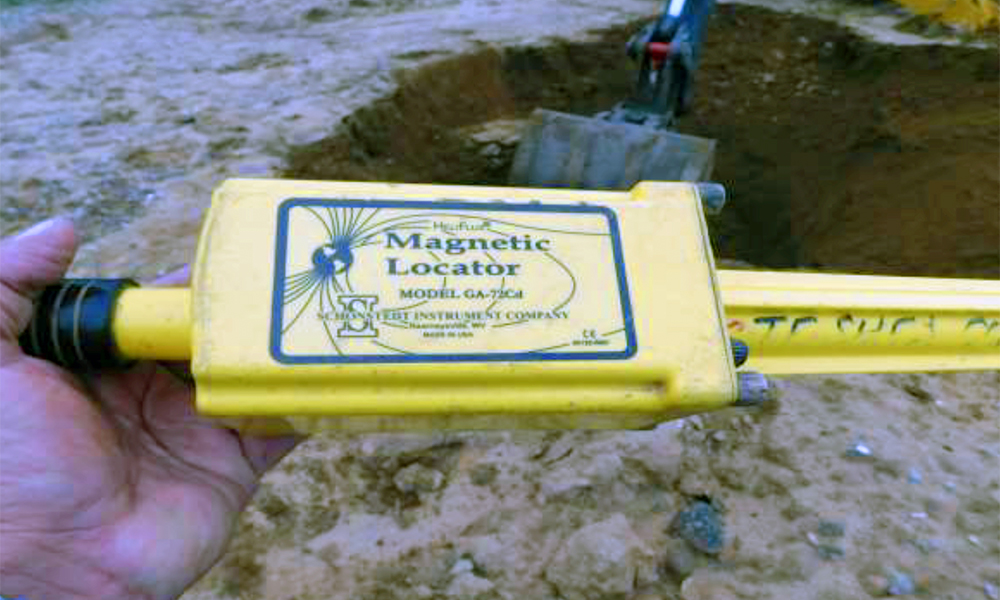
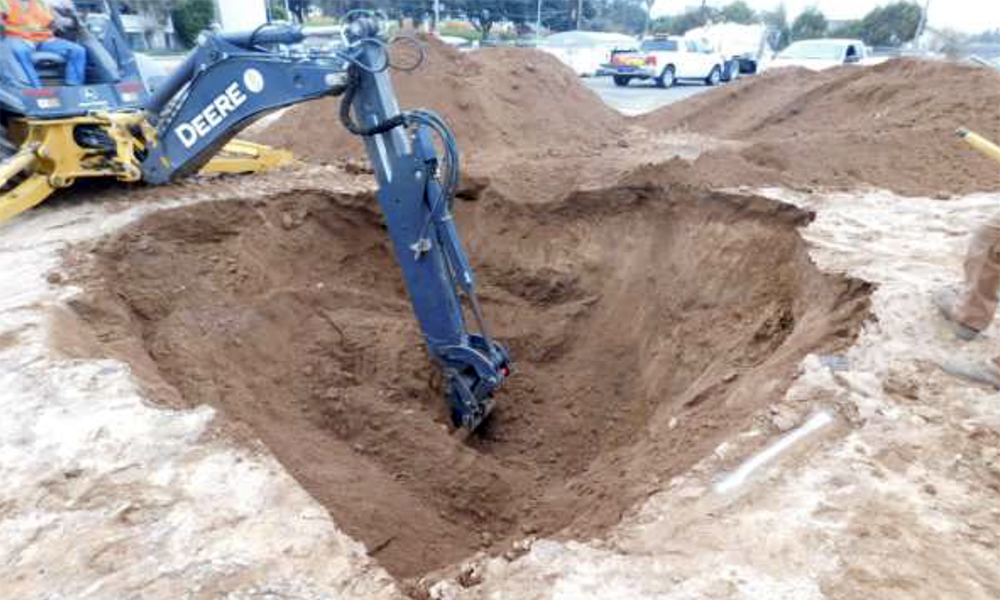
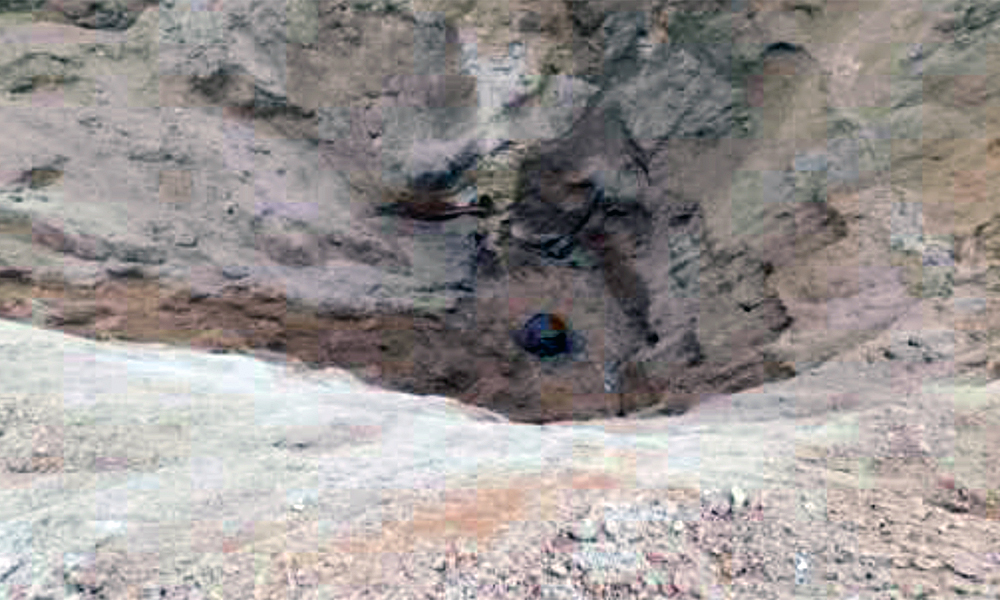
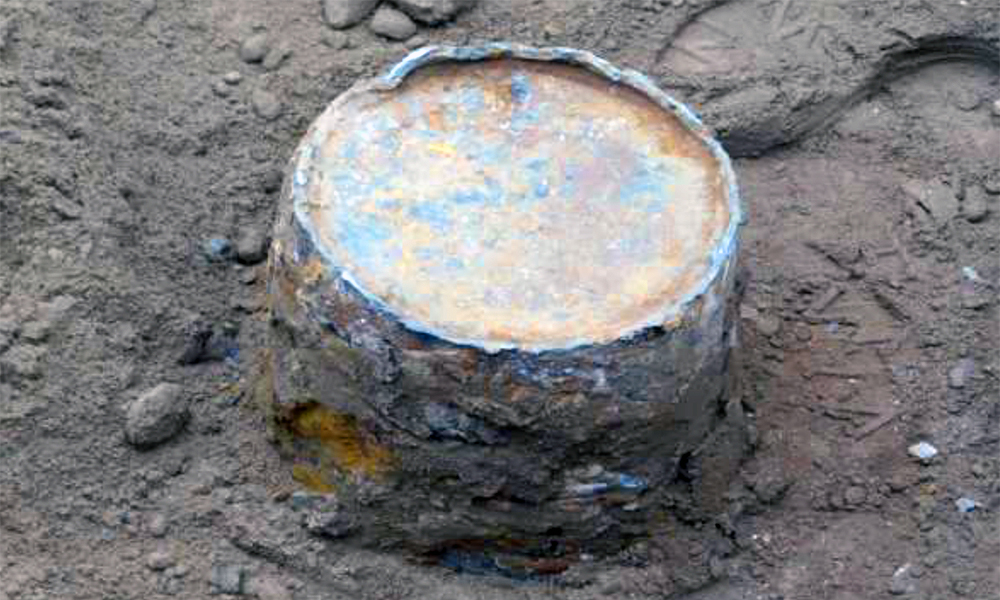
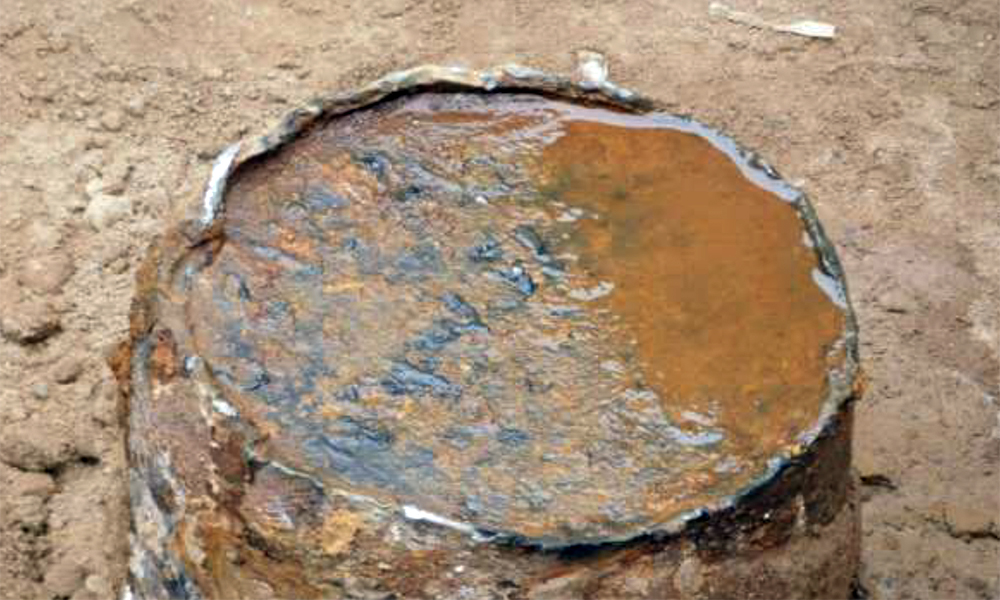
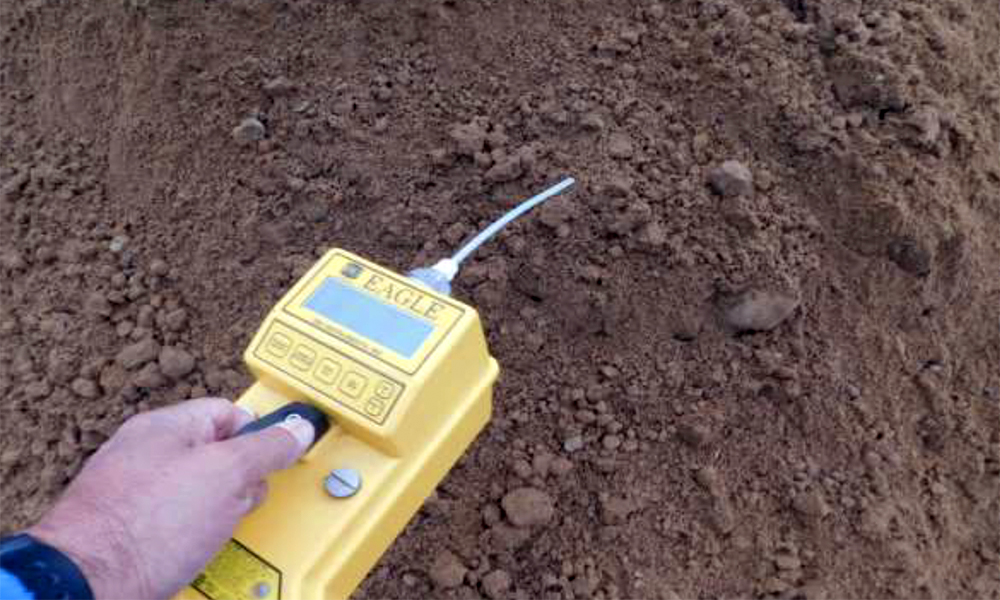
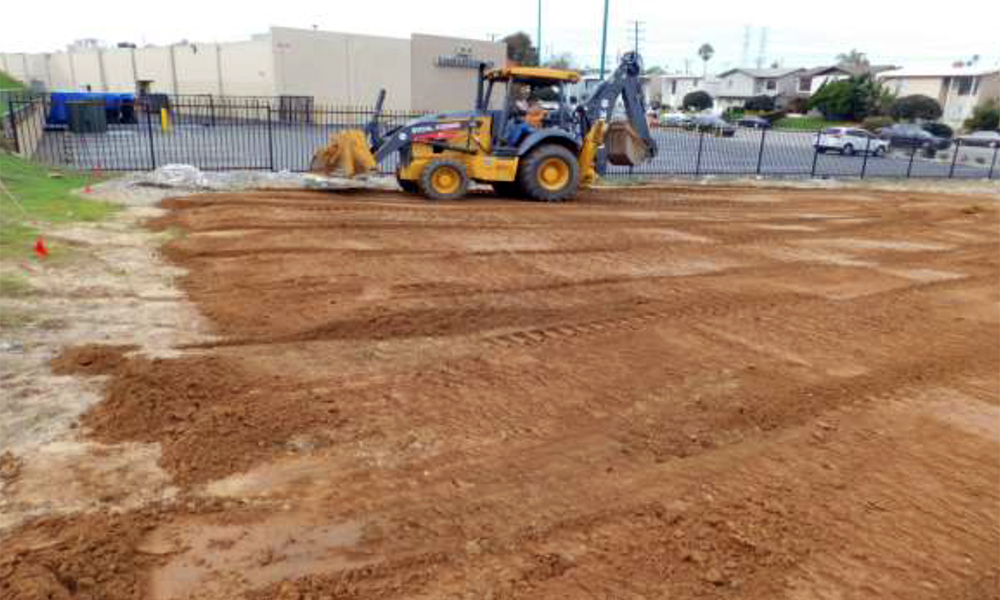
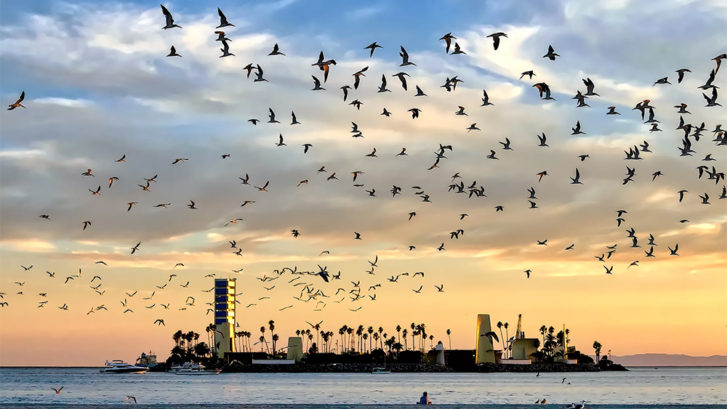
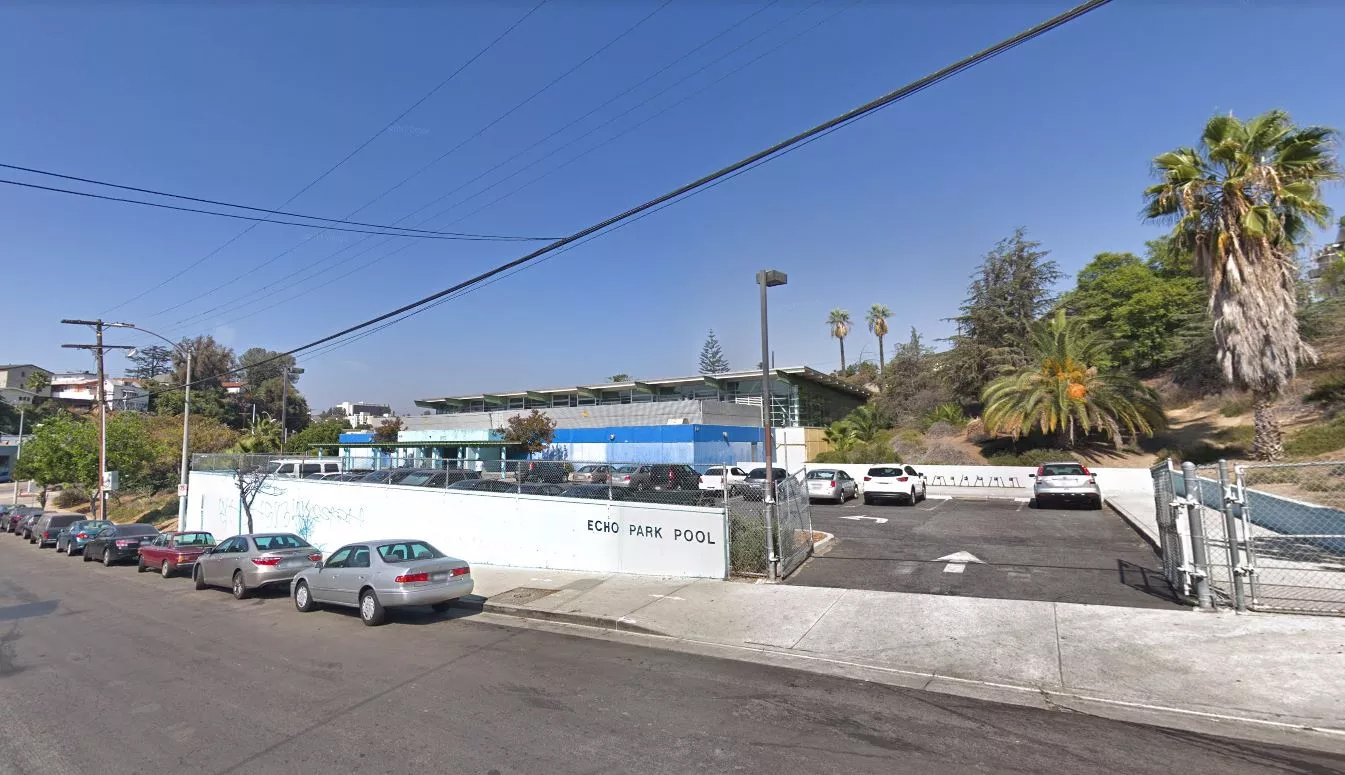
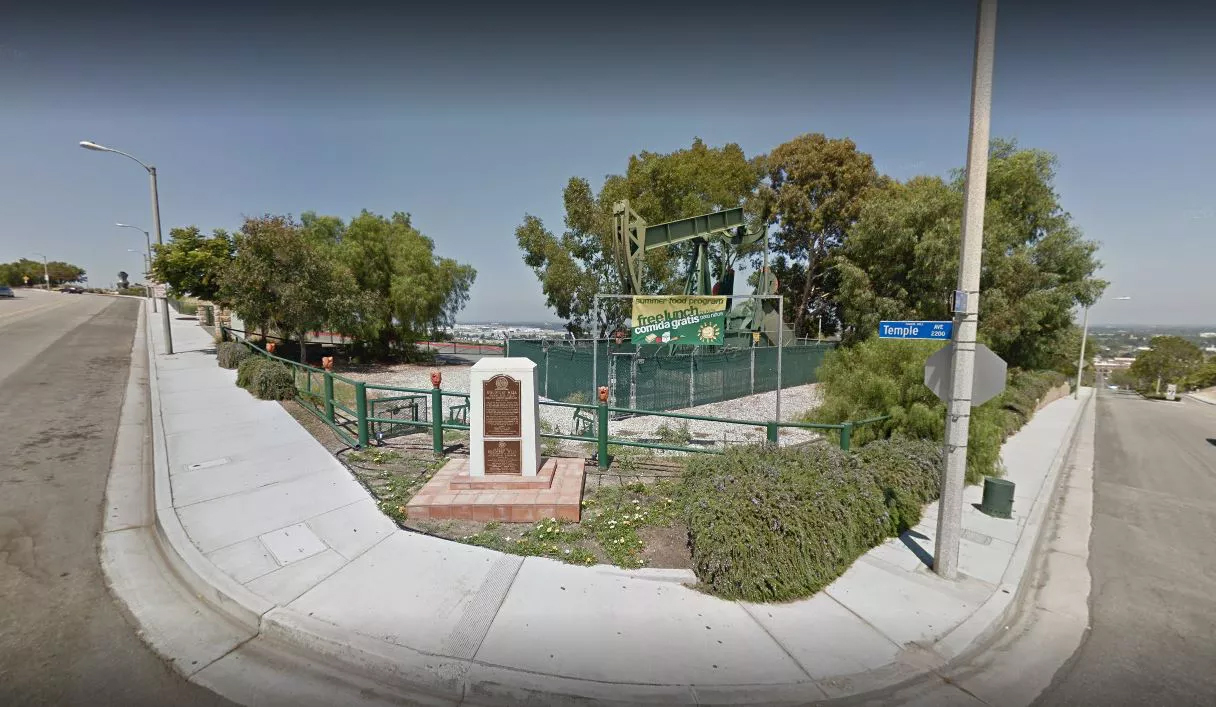
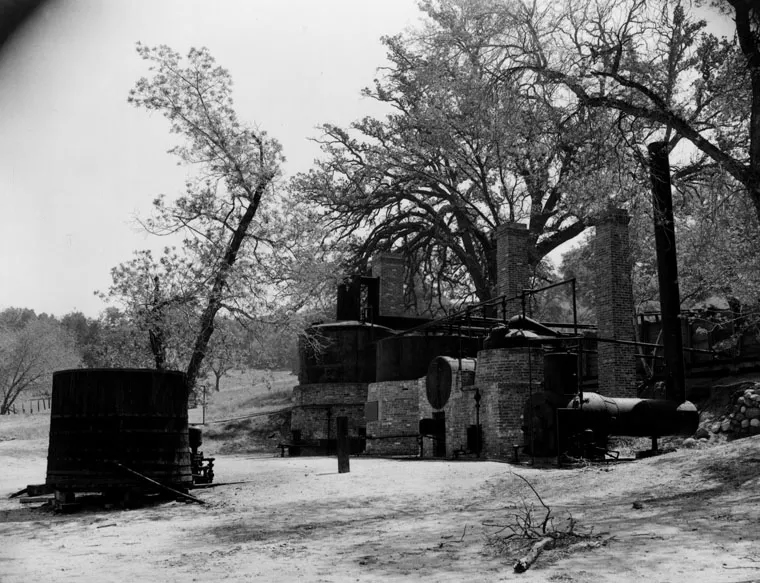
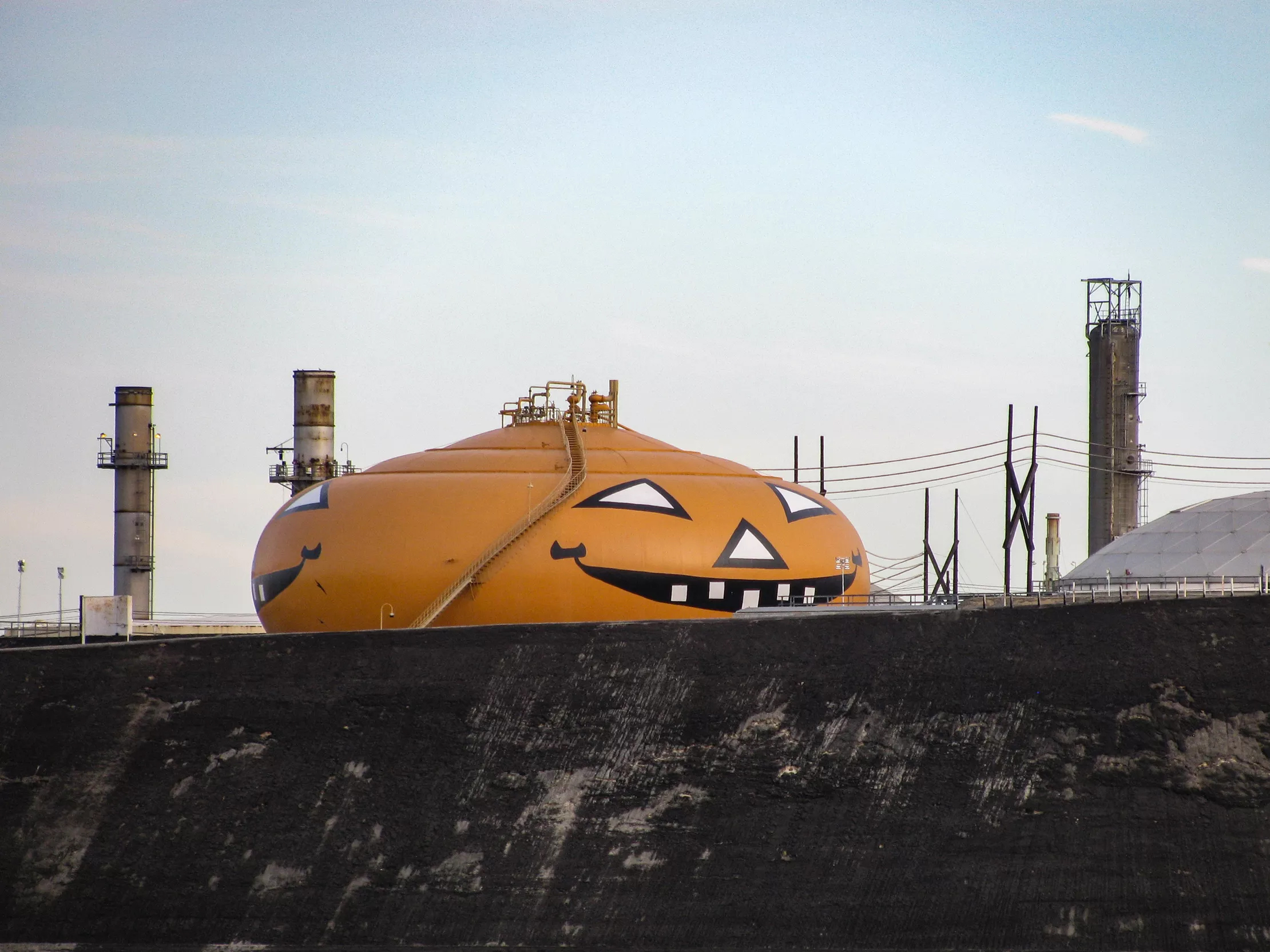
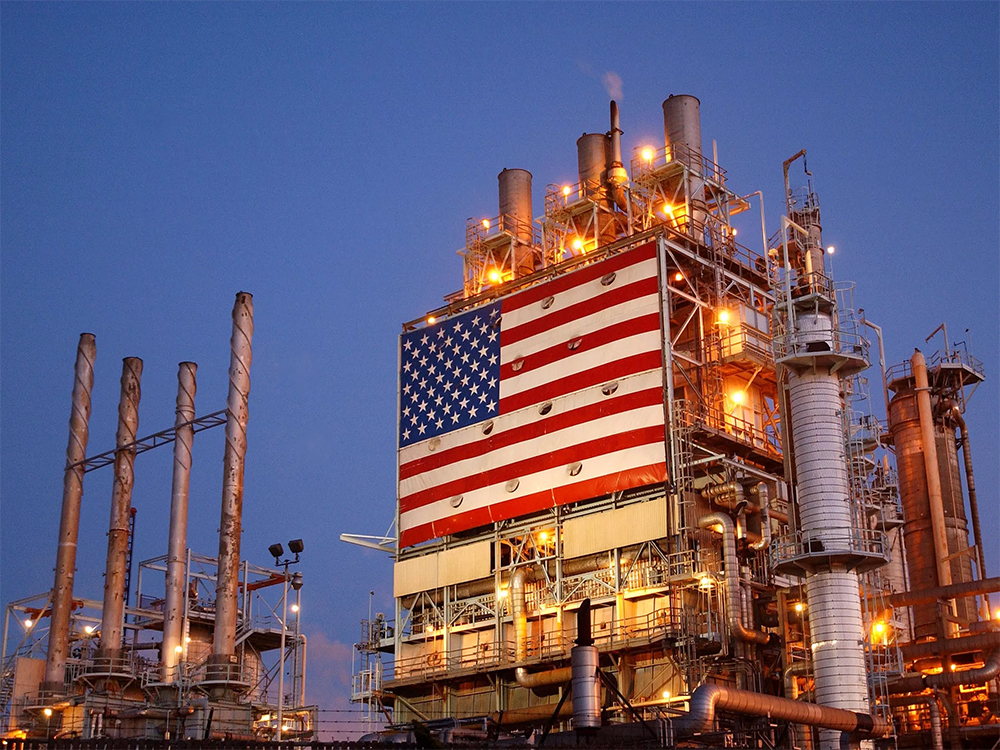
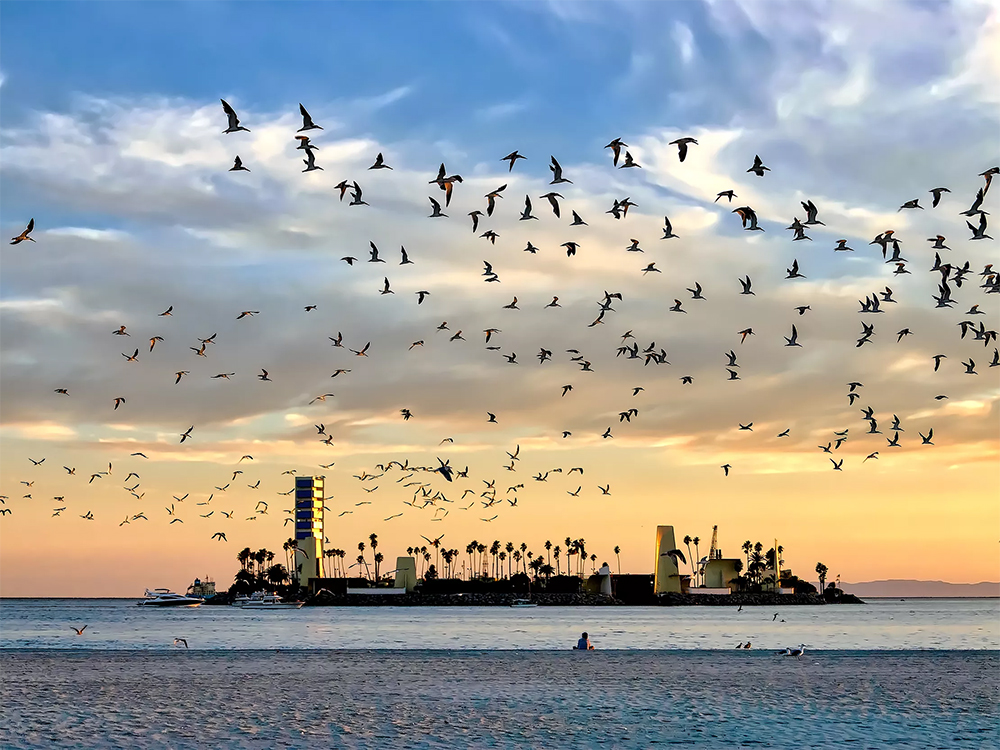
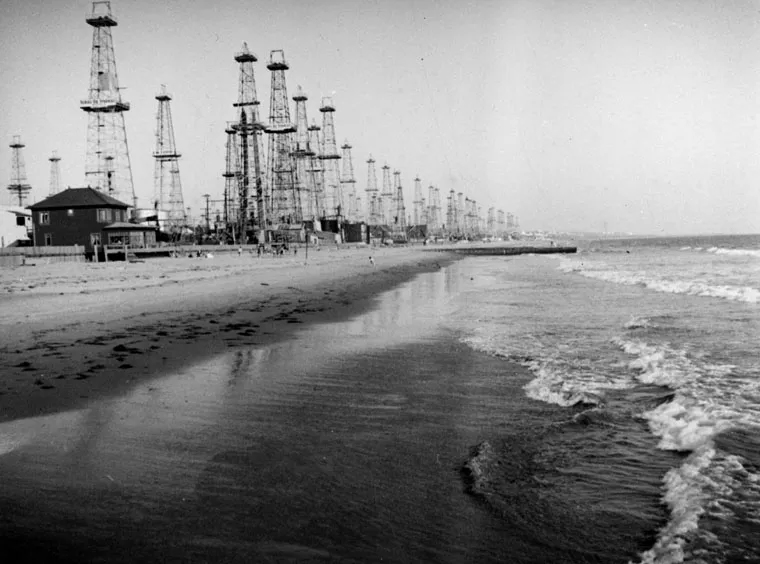
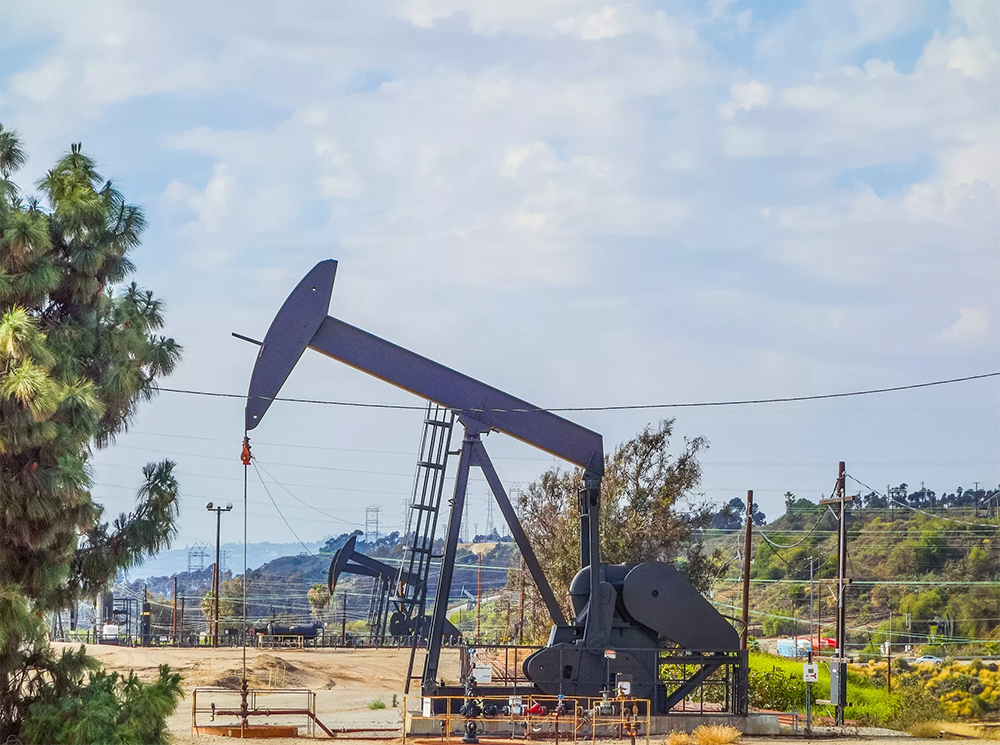
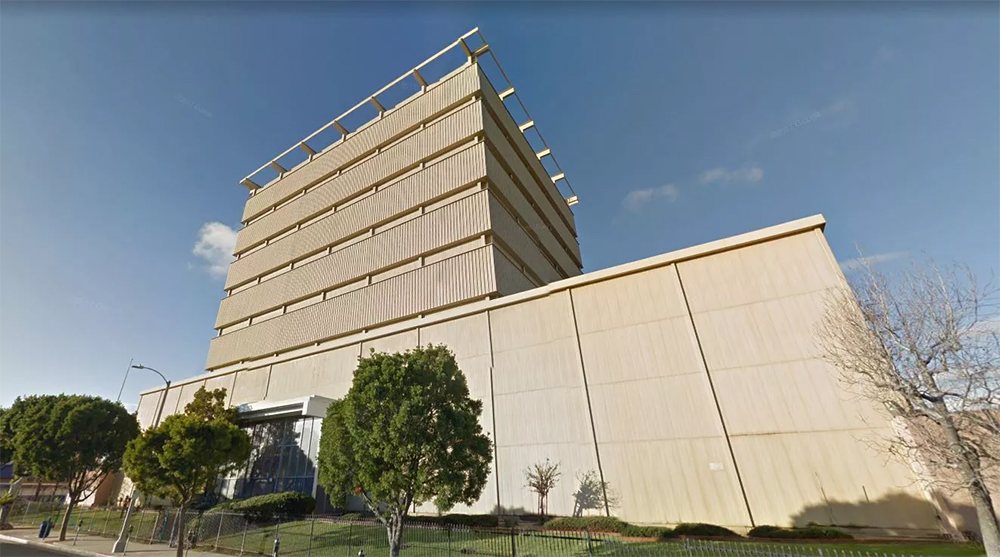
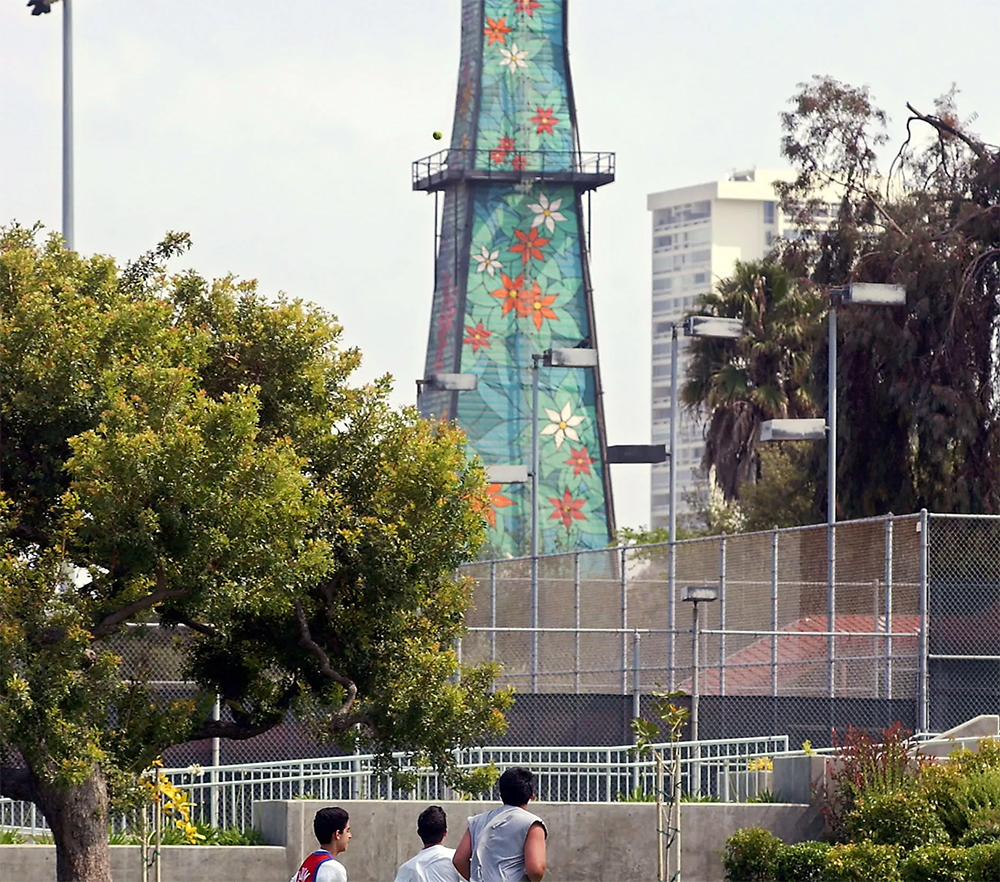
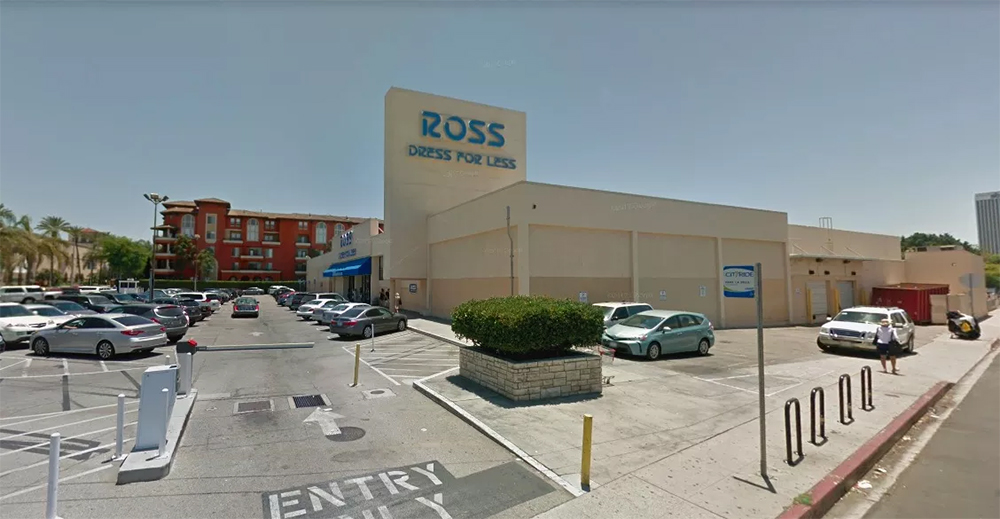


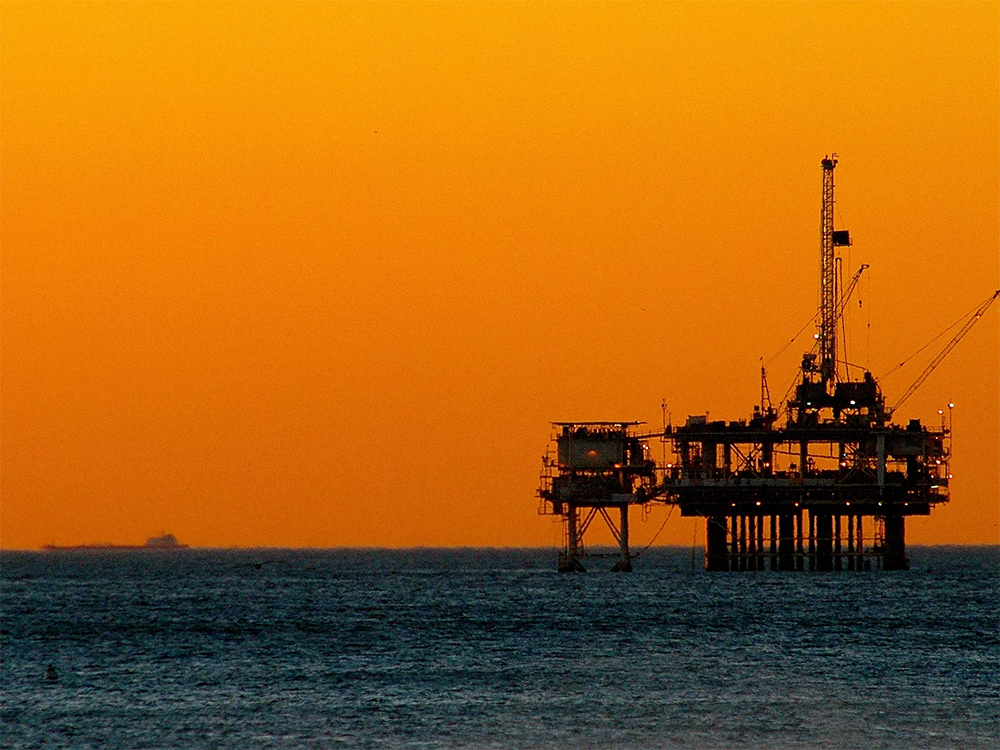
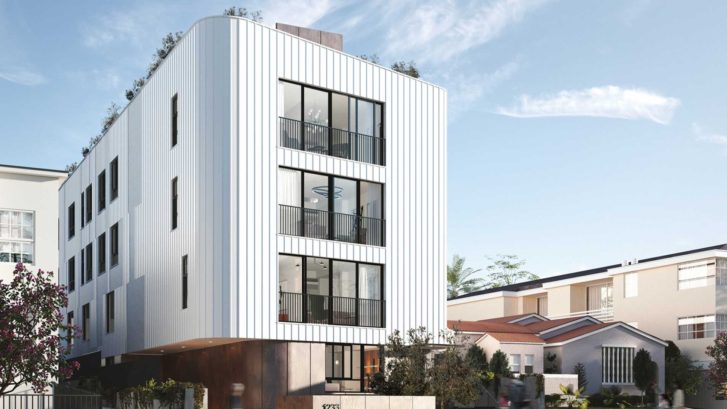


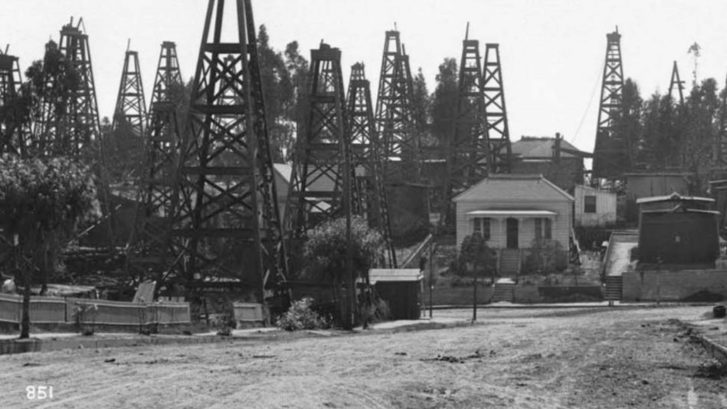
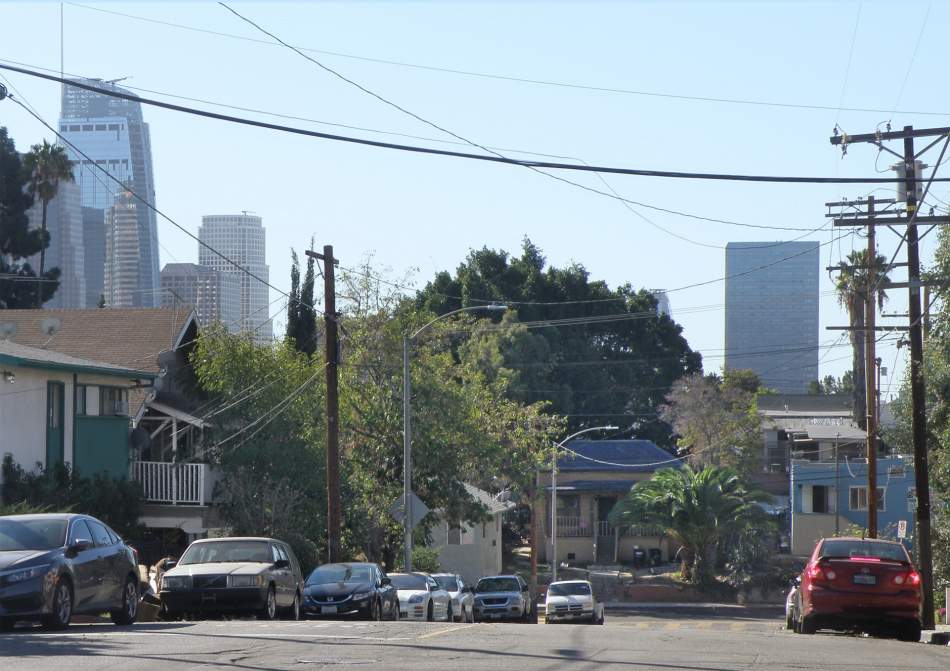
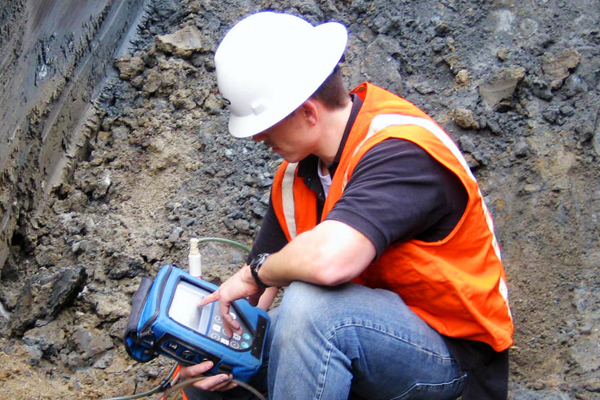

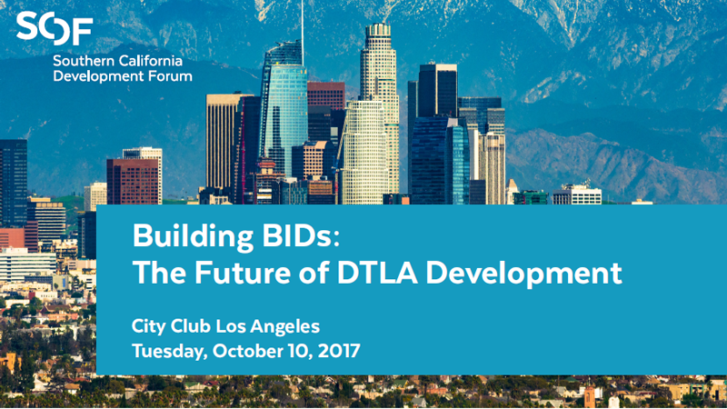

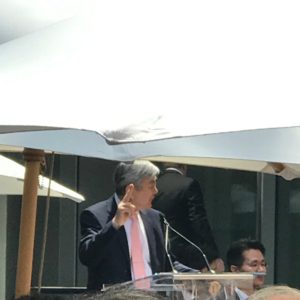 Turner Construction on Los Angeles’ newest and tallest skyscraper, the Terra-Petra team is proud to be recognized in this
Turner Construction on Los Angeles’ newest and tallest skyscraper, the Terra-Petra team is proud to be recognized in this 
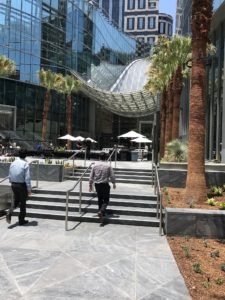
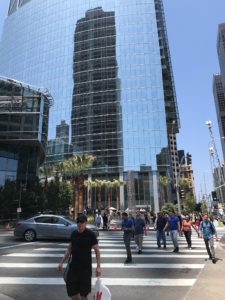
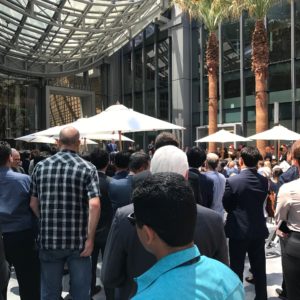
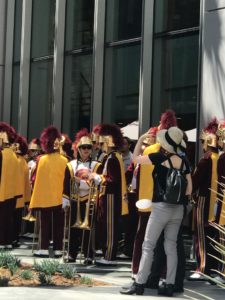
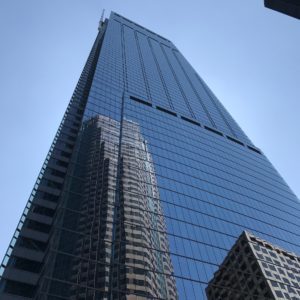
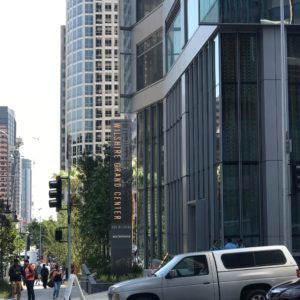
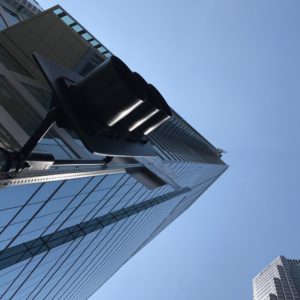
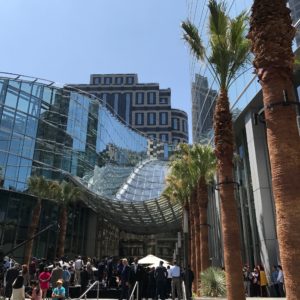
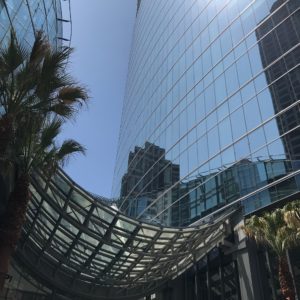
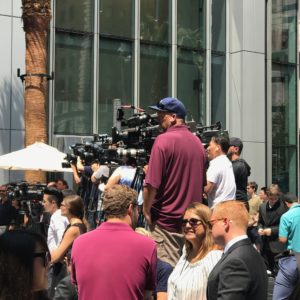
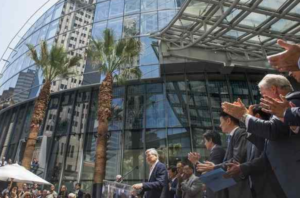

 Terra-Petra named places as #21 on
Terra-Petra named places as #21 on